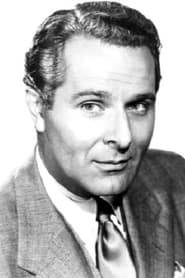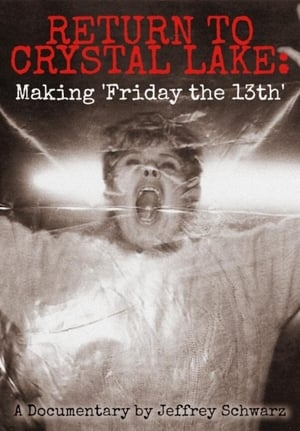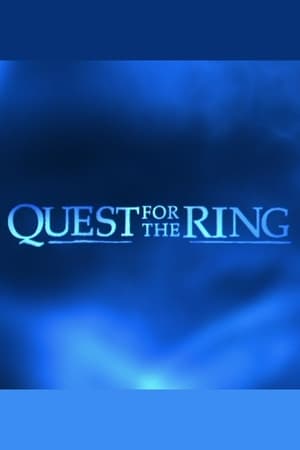The Wall
Similar Movies
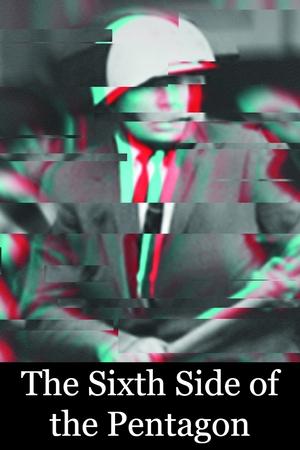 6.2
6.2The Sixth Side of the Pentagon(fr)
On October 21, 1967, over 100,000 protestors gathered in Washington, D.C., for the Mobilization to End the War in Vietnam. It was the largest protest gathering yet, and it brought together a wide cross-section of liberals, radicals, hippies, and Yippies. Che Guevara had been killed in Bolivia only two weeks previously, and, for many, it was the transition from simply marching against the war, to taking direct action to try to stop the 'American war machine.' Norman Mailer wrote about the events in Armies of the Night. French filmmaker Chris Marker, leading a team of filmmakers, was also there.
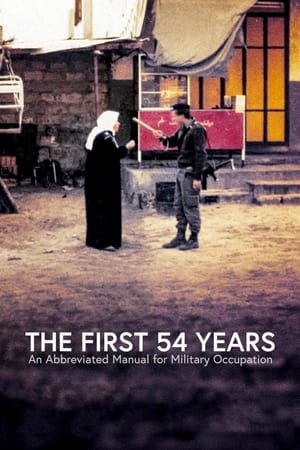 6.9
6.9The First 54 Years: An Abbreviated Manual for Military Occupation(he)
An exhaustive explanation of how the military occupation of an invaded territory occurs and its consequences, using as a paradigmatic example the recent history of Israel and the Palestinian territories, the West Bank and the Gaza Strip, from 1967, when the Six-Day War took place, to the present day; an account by filmmaker Avi Mograbi enriched by the testimonies of Israeli army veterans.
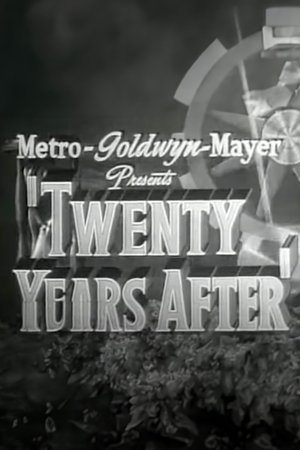 6.0
6.0Twenty Years After(en)
This short celebrates the 20th anniversary of MGM. Segments are shown from several early hits, then from a number of 1944 releases.
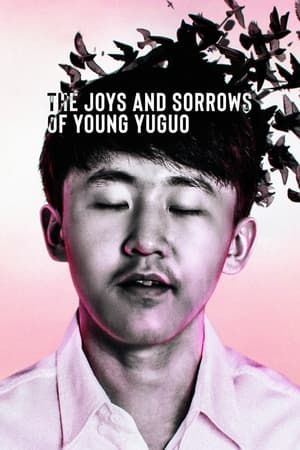 6.6
6.6The Joys and Sorrows of Young Yuguo(en)
16-year-old Yuguo, who has a passion for Eastern European romantic poetry, makes a pilgrimage from his home in China to the foothills of Romania’s Carpathian Mountains.
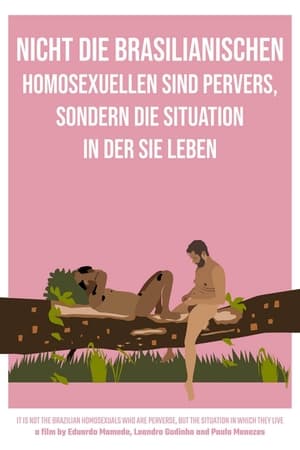 1.0
1.0It Is Not the Brazilian Homosexuals Who Are Perverse, But the Situation in Which They Live(pt)
Two queer Brazilians go skinny dipping in a lake where they talk about love, sex, colonialism and migration, on a pandemic summer afternoon in Berlin.
Message from Genova(en)
This expository film shows the mood of European society on the eve of the Second World War while promoting the values of international cooperation. Using the Swiss office of the BBC as an example, the film describes the functioning of radio and presents the possibilities opened by mass communications. After the advent of sound film, Cavalcanti promoted experimentation with sound, and in this connection he was interested in the communicational, organizational, and social aspects of radio.
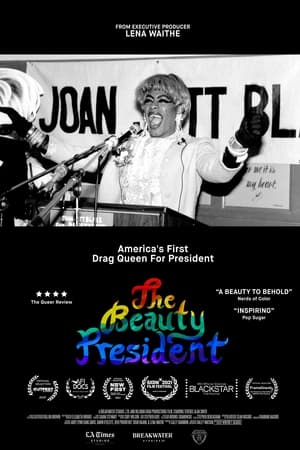 6.0
6.0The Beauty President(en)
In 1992, at the height of the AIDS pandemic, activist Terence Alan Smith made a historic bid for president of the United States as his drag queen persona Joan Jett Blakk. Today, Smith reflects back on his seminal civil rights campaign and its place in American history.
Liquidation(fr)
Scratches. Cross-outs. Stripes. Arnaud is tirelessly attacking ancient masters' painting reproductions with the tip of his pen. His free and living interlaces highlight shapes and figures.
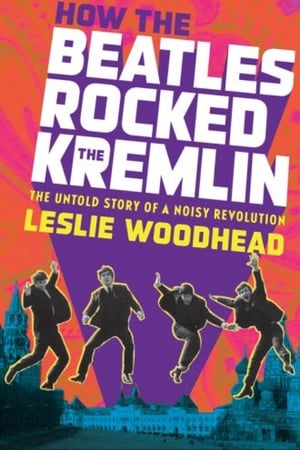 6.5
6.5How the Beatles Rocked the Kremlin(en)
In August 1962, director Leslie Woodhead made a two-minute film in Liverpool's Cavern Club with a raw and unrecorded group of rockers called the Beatles. He arranged their first live TV appearances on a local show in Manchester and watched as the Fab Four phenomenon swept the world. Twenty-five years later while making films in Russia, Woodhead became aware of how, even though they were never able to play in the Soviet Union, the Beatles' legend had soaked into the lives of a generation of kids. This film meets the Soviet Beatles generation and hears their stories about how the Fab Four changed their lives, including Putin's deputy premier Sergei Ivanov, who explains how the Beatles helped him learn English and showed him another life. (Storyville)
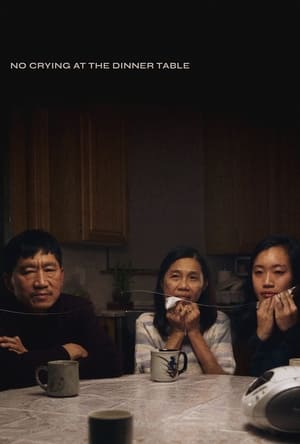 7.3
7.3No Crying at the Dinner Table(en)
Filmmaker Carol Nguyen interviews her own family to craft an emotionally complex and meticulously composed portrait of intergenerational trauma, grief, and secrets in this cathartic documentary about things left unsaid.
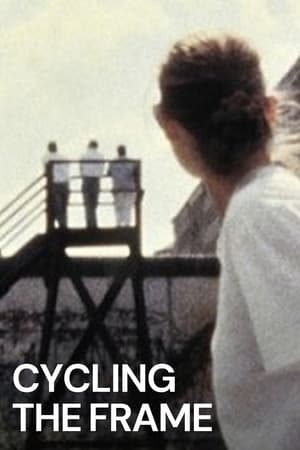 6.9
6.9Cycling the Frame(en)
In 1988, Tilda Swinton toured round the Berlin Wall on a bicycle - starting and ending at the Brandenburg Gate - accompanied by filmmaker Cynthia Beatt. As Swinton travels through fields and historic neighborhoods, past lakes and massive concrete apartment buildings, the Wall is a constant presence.
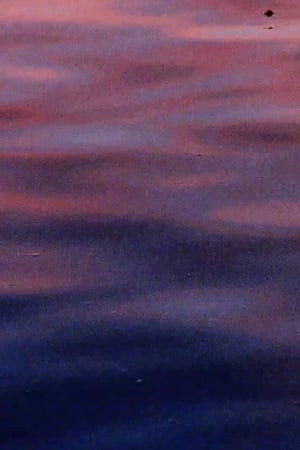 4.0
4.0Color-Blind(fr)
A synaesthetic portrait made between French Polynesia and Brittany, Color-blind follows the restless ghost of Gauguin in excavating the colonial legacy of a post-postcolonial present.
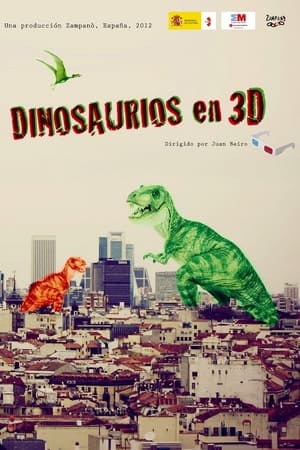 0.0
0.0Dinosaurios en 3D(es)
Not so long ago there were monumental movie theaters in the streets and avenues of Madrid, the capital of Spain, authentic cathedrals erected during the golden age of film exhibition, now converted into 3D dinosaurs, whose remains speak of the past and somehow anticipate the future.
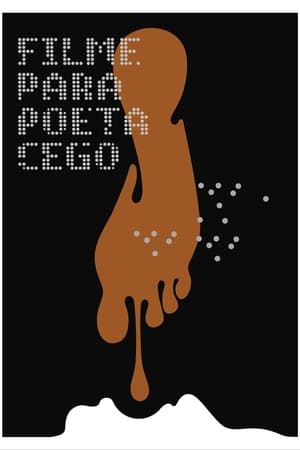 2.0
2.0Film for Blind Poet(pt)
Glauco Mattoso, a blind sadomasochistic poet, agrees to participate in a documentary about his own life, but the conditions he imposes raise difficulties to the work of the young director.
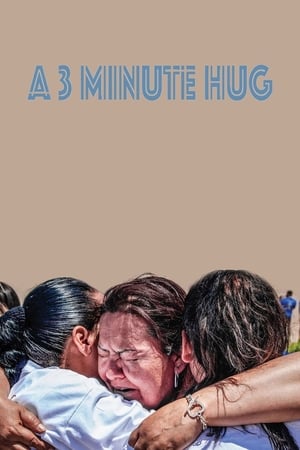 6.5
6.5A 3 Minute Hug(es)
As daylight breaks between the border cities of El Paso, Texas, and Juarez, Mexico, undocumented migrants and their relatives, divided by a wall, prepare to participate in an activist event. For three minutes, they’ll embrace in no man’s land for the briefest and sweetest of reunions.
 7.1
7.1The Arrival of a Train at La Ciotat(fr)
A group of people are standing along the platform of a railway station in La Ciotat, waiting for a train. One is seen coming, at some distance, and eventually stops at the platform. Doors of the railway-cars open and attendants help passengers off and on. Popular legend has it that, when this film was shown, the first-night audience fled the café in terror, fearing being run over by the "approaching" train. This legend has since been identified as promotional embellishment, though there is evidence to suggest that people were astounded at the capabilities of the Lumières' cinématographe.
 7.5
7.5Berlin: Symphony of a Great City(de)
A day in the city of Berlin, which experienced an industrial boom in the 1920s, and still provides an insight into the living and working conditions at that time. Germany had just recovered a little from the worst consequences of the First World War, the great economic crisis was still a few years away and Hitler was not yet an issue at the time.
 7.0
7.0Land Without Bread(es)
An exploration —manipulated and staged— of life in Las Hurdes, in the province of Cáceres, in Extremadura, Spain, as it was in 1932. Insalubrity, misery and lack of opportunities provoke the emigration of young people and the solitude of those who remain in the desolation of one of the poorest and least developed Spanish regions at that time.
Recommendations Movies
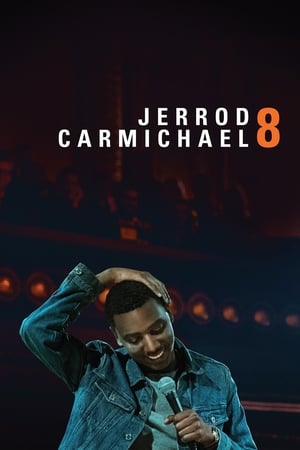 7.3
7.3Jerrod Carmichael: 8(en)
Performing in the round and engaging audience members during his act, Carmichael addresses a wide range of subjects, including Trump’s victory, climate change, supporting the troops, animal rights, being a good boyfriend and his top four fears, as well as exploring larger themes like race, politics, love and family.
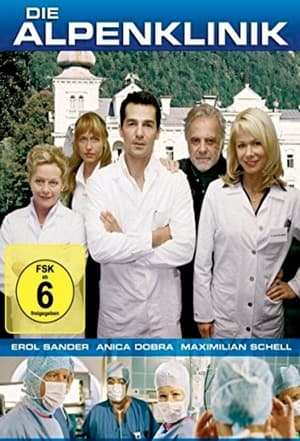 3.0
3.0Die Alpenklinik(de)
After an alleged malpractice that led to the death of his brother, heart surgeon Daniel Guth took the consequences: he gave up his beloved job and retreated into the solitude of nature. At his place of refuge, the Salzburg mountains, the heiress to a private clinic is desperately looking for a capable chief physician. Daniel declines the post, although he finds the woman attractive. When a boy is seriously injured in a bus accident, he is confronted with his trauma again.
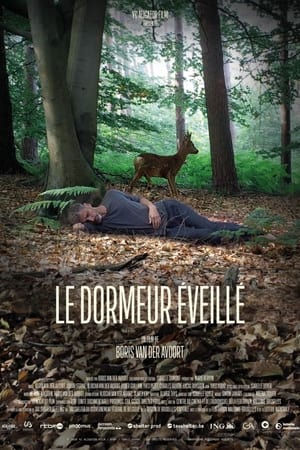 8.0
8.0The Wakeful Sleeper(fr)
B., a film-maker and insomniac, decides to rescue his hours of insomnia from the void by filming his quest for sleep. The insomniac asks questions about these different states of consciousness and about the difficulties humans have in synchronising their social rhythms and biological ones.
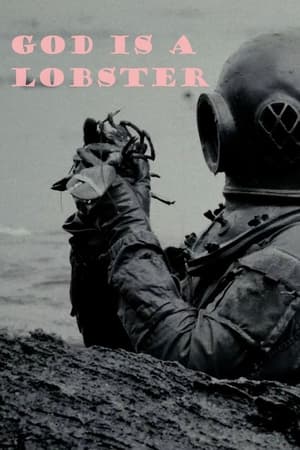 10.0
10.0God is a Lobster(en)
A girl needs her brother to fulfill an odd request, a good trip turns bad, a CEO gets invited to a mysterious party, and it all centers around the iconic red crustacean.
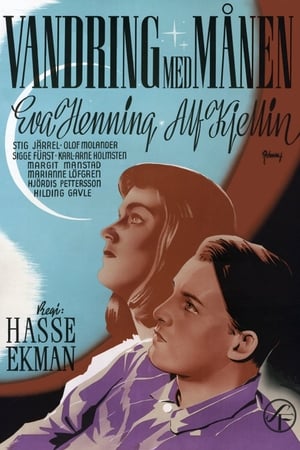 6.5
6.5Wandering with the Moon(sv)
Dan, aged 19, leaves his home after a quarrel with his father. At the side of the country road he meets a traveling theater company who has run out of money. He falls in love with the young actress Pia and together they leave, meeting a string of peculiar characters: a vagabond, a friendly vicar and a cynical adventurer.
 7.0
7.0Our Sweetest Murder Plan(ja)
Actress and model Serena Motola joins former idol and current YouTuber Michela Sato, in a short film that depicts them as sisters who plan to kill their beloved father after he says he wants to remarry.
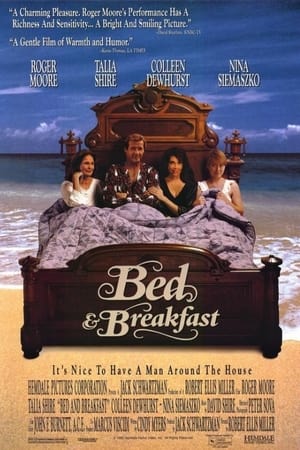 5.7
5.7Bed & Breakfast(en)
Life changes for three women who run a failing hotel when a mysterious man washes up at the beach.
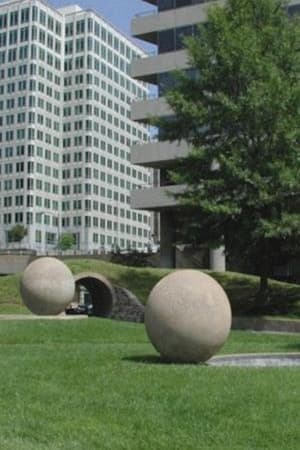 5.0
5.0Art in the Public Eye: The Making of Dark Star Park(en)
This piece documents the process behind the creation of Holt's major public art installation, Dark Star Park, in Arlington, Virginia. The park, which features giant concrete spheres and pipes, allows the visitor to reconsider the experience of space, earth and sky within an urban context. It also serves as a kind of contemporary Stonehenge: once a year, on August 1 at 9:30 am, the shadows of the objects exactly align with outlines on the ground. Interviews with the artist, the architects, engineers, contractors, and the public, among others, reveal Dark Star Park as both a public sculpture and a functioning park that reclaims a blighted urban environment.
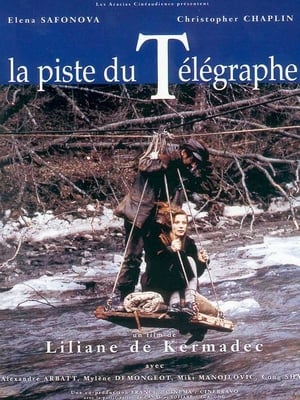 4.0
4.0The Telegraph Route(fr)
This French film chronicles the amazing-but-true story of Lisa Alling who in 1928 successfully walked from New York City to Siberia via the Bering Straight by following telegraph poles. It was shot entirely in the Ukraine. Lisa, a chambermaid, has had enough of American life and wants go home to Siberia. Because she had no money, she decided it was better to walk than stay in the U.S. any longer. An opportunist, she takes whatever food, warmth and even romance that is offered along the way.
 2.5
2.5Ballistic(en)
A homeless veteran discovers his sister's killer is back on the streets after being released from prison earlier than expected, sending him on a downward spiral of vengeance.
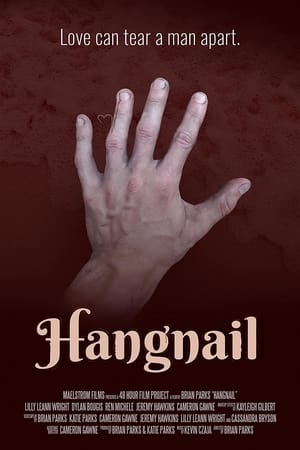 6.0
6.0Hangnail(en)
Gage and Hannah are a young couple making a new home off the coast of Florida. Their marriage has been rocky, but all of that changes when the new girl, Julie, moves in next door. When Gage begins to fall for the girl next door, only time will tell if it sets him free or tears him apart.
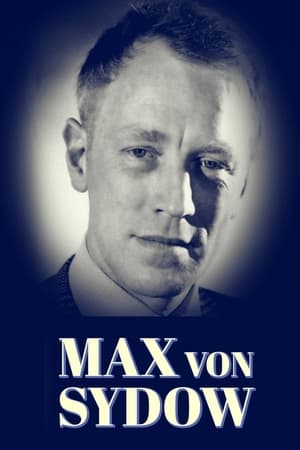 10.0
10.0Max von Sydow(en)
One of the greatest actors of the twentieth century, von Sydow is best known for his long creative partnership with director Ingmar Bergman, whose psychologically probing dramas—including their most famous collaboration, THE SEVENTH SEAL—gave the actor freedom to bare his soul and showcase his unfailingly commanding screen presence. In addition to the string of masterpieces he made with the Swedish auteur, von Sydow embodied a wide range of characters in films by art-house titans such as Jan Troell, Lars von Trier, and Wim Wenders, leaving behind a body of work that spans more than six decades and a dozen different countries. He appeared in more than one hundred and fifty films and television series in multiple languages. Max von Sydow received his French citizenship in 2002 and lived in France for the last two decades of his life.
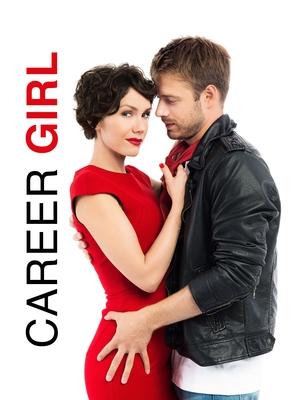 5.0
5.0Career Girl(pl)
Zoska, is an attractive, well-educated and hard working woman who doesn't want to be stereotypically labeled by modern world. When she gets fired her world collapses, now she must realize what she really wants from life.
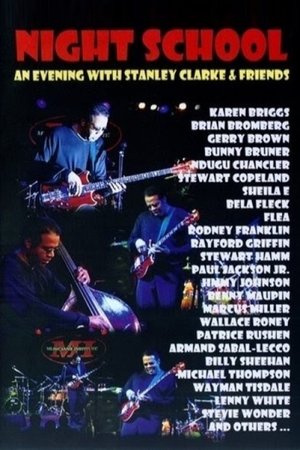 9.0
9.0Night School: An Evening with Stanley Clarke & Friends(en)
Bass virtuoso Stanley Clarke, the performer, composer, bandleader who rose to prominence in the 1970s and single-handedly brought the electric bass to the forefront of jazz, R&B, funk and beyond, presents the 90-minute DVD Night School, which chronicles the third annual Stanley Clarke Scholarship Concert, recorded at Musicians Institute in Hollywood, CA, in October 2002. With guest performances by Stevie Wonder, Wallace Roney, Bela Fleck, Sheila E., Stewart Copeland, Flea, Wayman Tisdale, Marcus Miller and more, Night School captures performances that range from straight-ahead jazz to full-tilt rock fusion to twenty-two-piece string arrangements - all on one stage, all in a single night!
